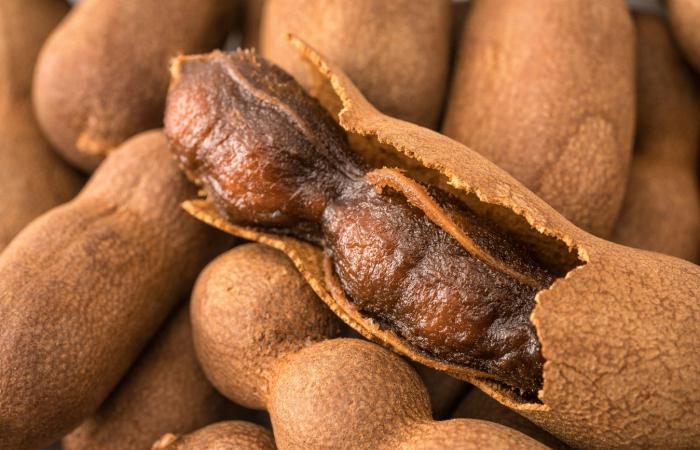Credits: iStock/Rasi Bhadramani
Fruit that fights the accumulation of fat in the liver and heart
Widely cultivated and consumed in countries such as India, Pakistan, Mexico, the Middle East and the Caribbean, a tropical fruit has been gaining space on the tables of people around the world, thanks to its multiple health benefits.
Extracted from the plant Tamarindus indicatamarind stands out not only for its exotic flavor, which mixes sweet with acid, but also for its high nutritional value.
What fruit removes fat from the liver?
The antioxidants present in tamarind pulpincluding polyphenols and flavonoids, combat the accumulation of fat in the liver and in the heart.
In fact, its pulp, which turns from green and sour to a pasty, bittersweet consistency as it matures, is used in a variety of dishes, ranging from sauces to sweets, as well as being the base for refreshing and therapeutic juices.
The fruit is rich in vitamins C, K, B and essential minerals such as calcium, potassium and phosphorus.
What are the benefits of tamarind?
According to research published by Asian Pacific Journal of Tropical BiomedicineThe fruit is rich in essential amino acids and phytochemicals, presenting antidiabetic, antimicrobial, antiasthmatic, anti-inflammatory and laxative activities. Not to mention the high concentration of fiber, which helps to relieve indigestion.
One of the great highlights of tamarind is its potential to help regulate cholesterol levelsas shown in a study published by Healthline.
Furthermore, for those who suffer from fluid retention, tamarind appears as a natural solution due to the abundant presence of potassium, contributing to the reduction of edema in parts of the body such as feet, ankles and legs.
Credits: iStock/Pixelimage
See the benefits of tamarind
Who can’t drink tamarind juice?
Individuals who are Those allergic to tamarind should avoid consuming the juiceas they may experience adverse reactions such as skin rashes, swelling or difficulty breathing.
Furthermore, people with a history of gastrointestinal problemssuch as acid reflux or ulcers, may find that tamarind juice aggravates their symptoms due to its natural acidity.
Despite its numerous health benefits, it is crucial to understand that tamarind does not replace treatments doctors specialists.
Its consumption must occur in a balanced way, as excess can lead to side effects such as diarrhea and nausea. Therefore, it is best to consult a healthcare professional.
After all, what is the best way to consume tamarind?
- Tamarind can be used in juice form to refresh and take advantage of its digestive properties.
- Incorporate tamarind pulp into your sauces and soups, bringing a unique flavor and health benefits.
- Tamarind-based sweets and ice creams are excellent options for a nutritious and tasty dessert.
- Soak tamarind pulps in hot water to soften, then pass through a sieve to remove fibers and seeds. The paste can be used in various recipes, such as sauces, curries and marinades.
Introducing tamarind into your diet can be a delicious way to enrich your diet with fundamental nutritional elements, while enjoying dishes and drinks with exotic flavors.
However, it is worth remembering to balance your consumption and, If in doubt, consult a doctor or a nutritionist.






